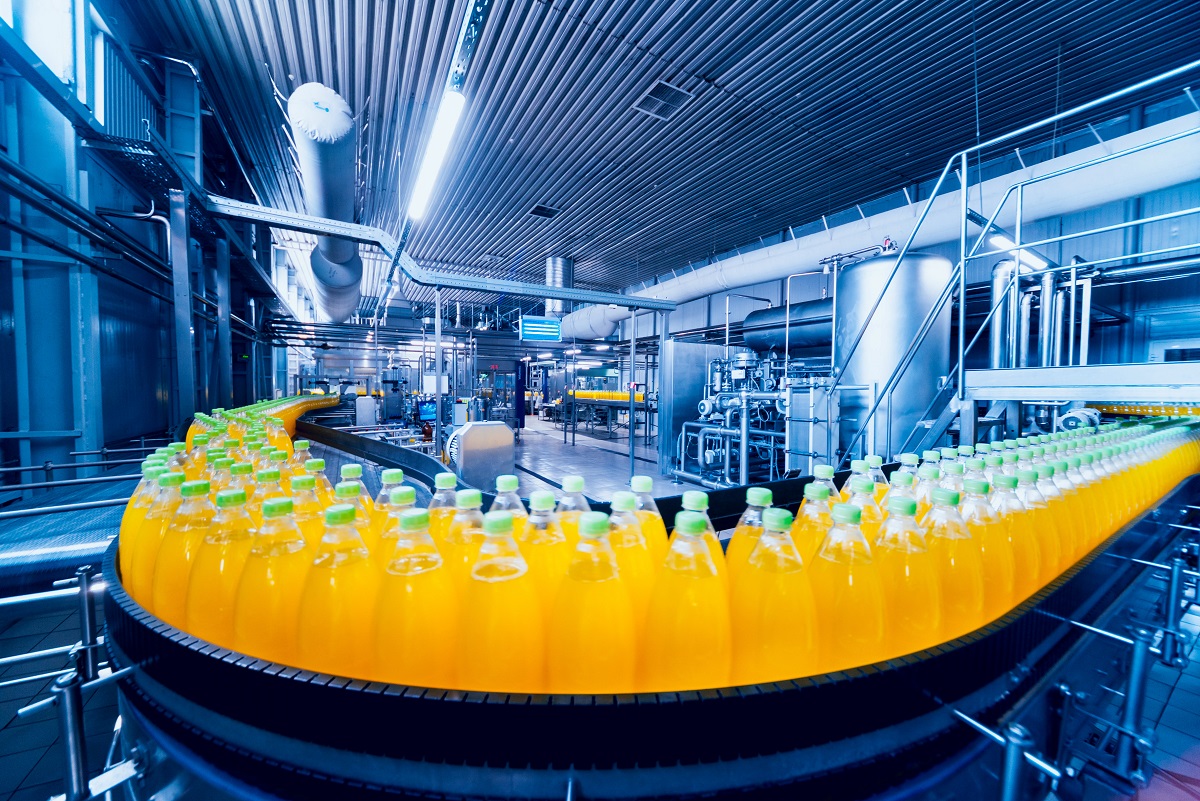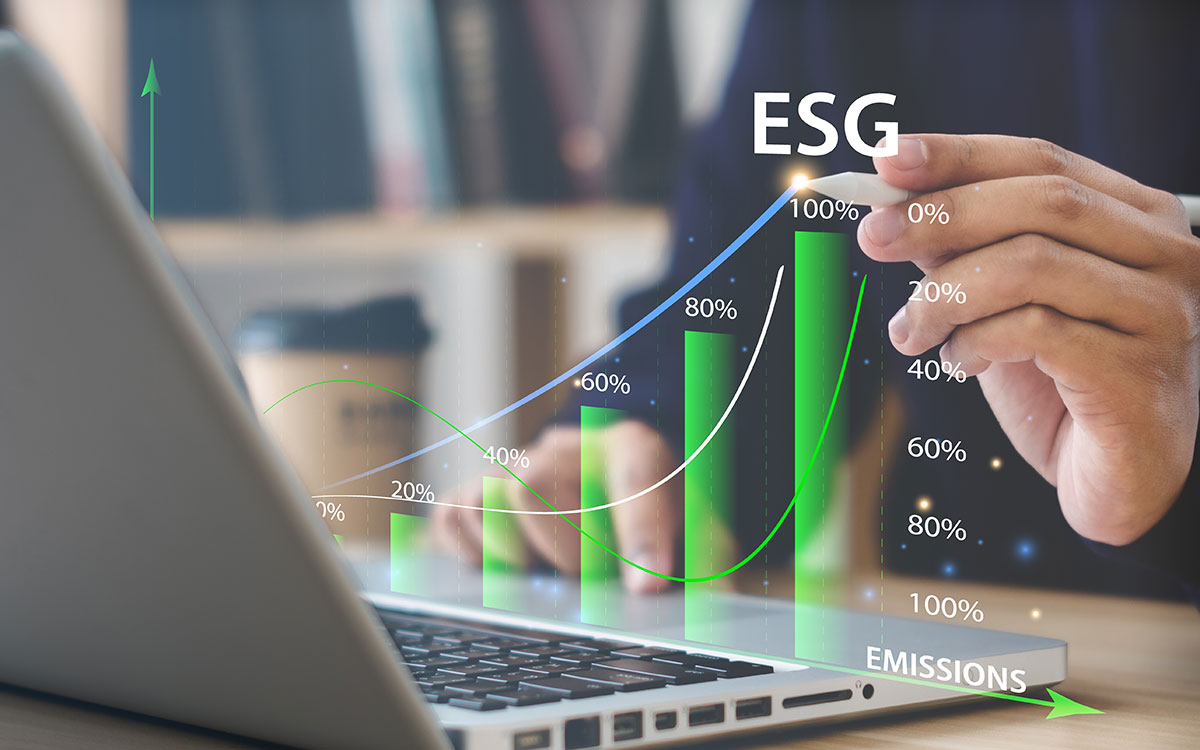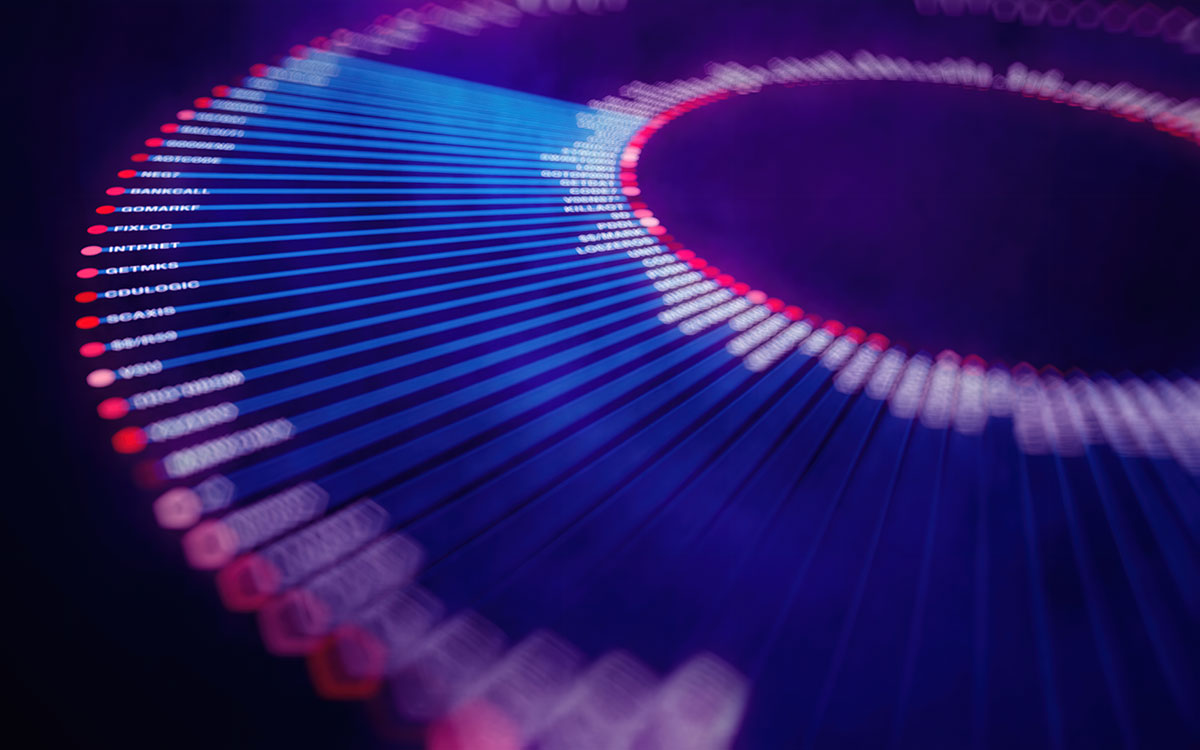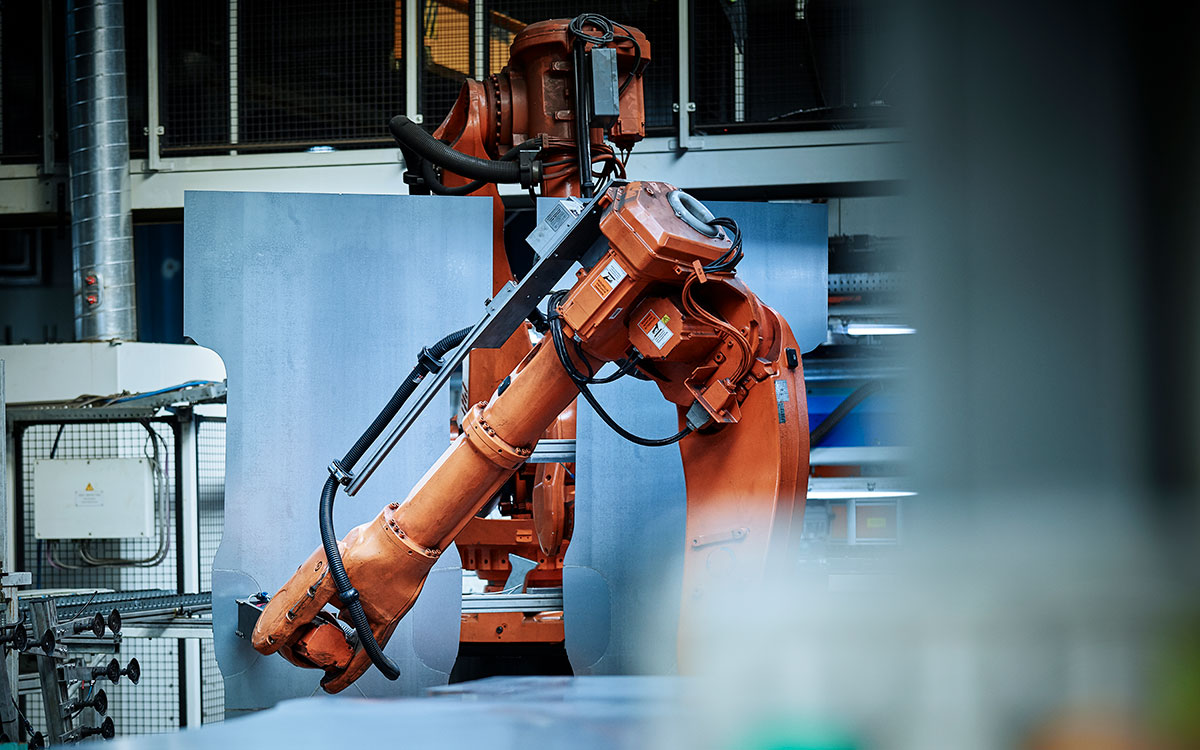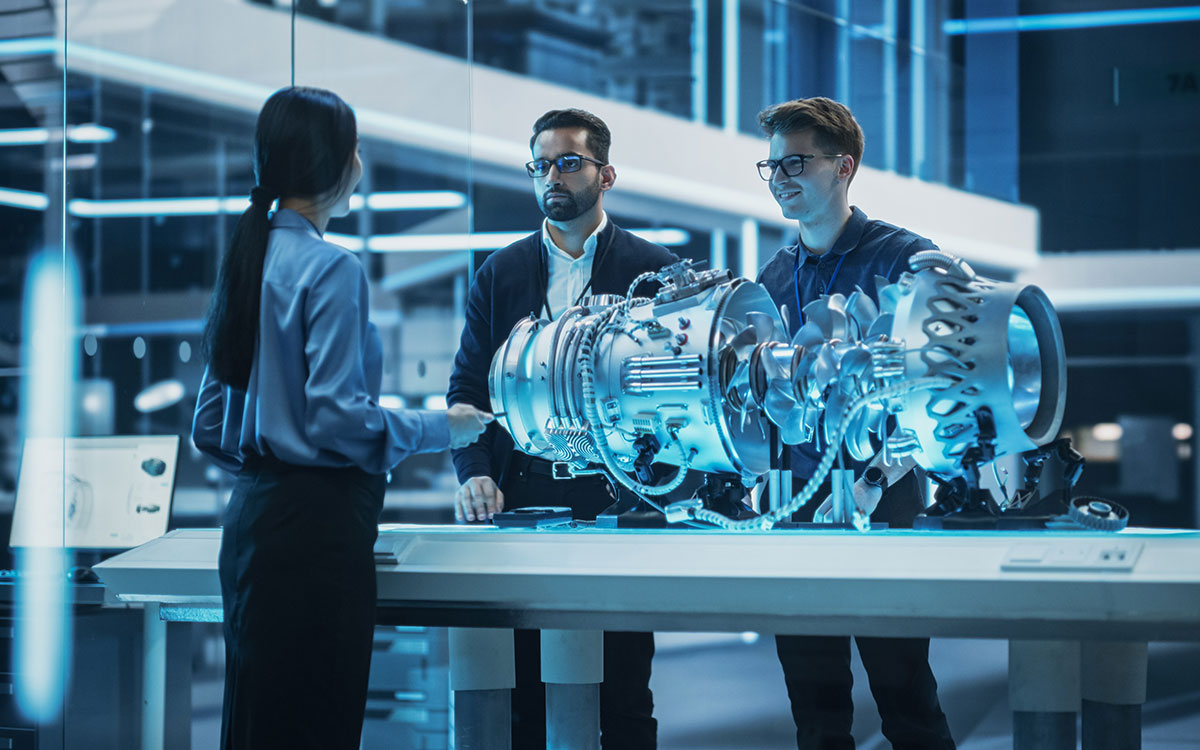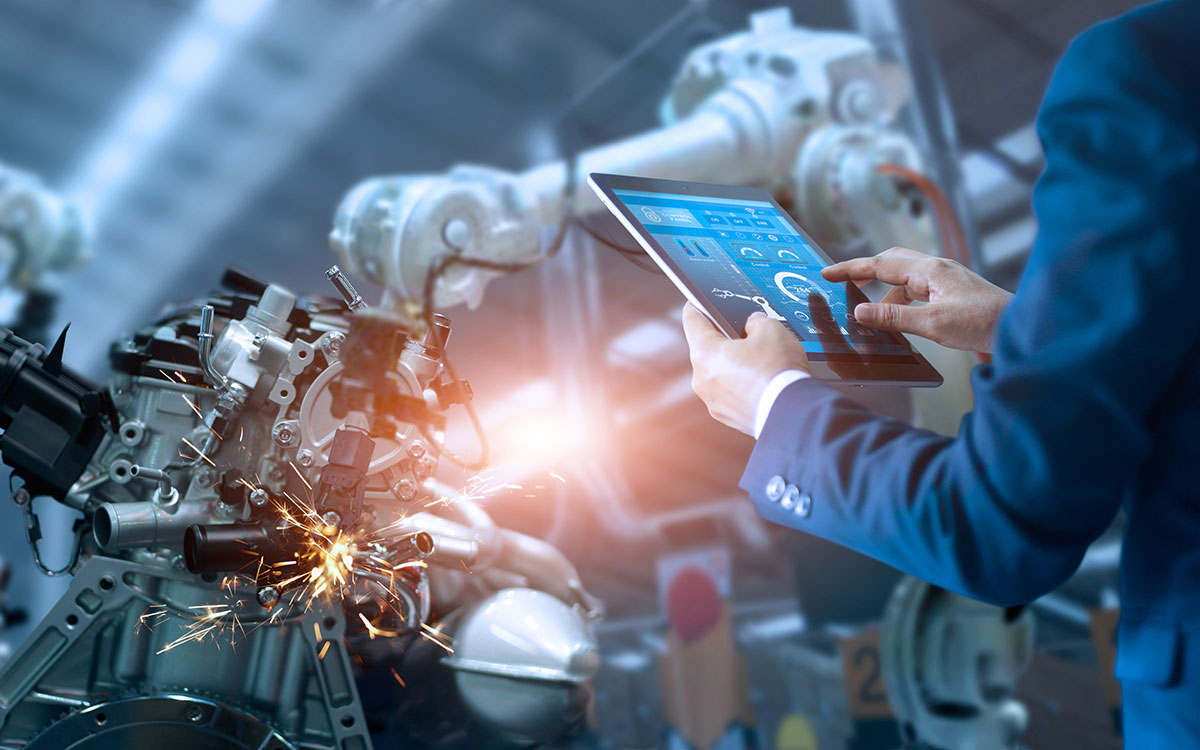
Contents
- Automatically processing video data
- High-compression technology to power AI analysis
- Compressing video data to one-tenth of the size achievable with conventional compression technology
- Sending highly compressed video data to the cloud
- Using AI analysis to improve security and safety and solve social issues
Automatically processing video data
5G, the fifth-generation mobile communications system that came into service in Japan in 2020, supports high-speed, large-volume, and simultaneous low-latency connections. Its high-speed and large-volume communication makes it easy to send and receive video data quickly and smoothly.
5G services are likely to precipitate an explosive increase in the volume of video data sent and received. This will include everything from video chat and advertising to ultra-high-definition video data captured by high-performance 4K and 8K cameras. Other sources will include images captured by cameras on streets and production lines.
Video data contains much more information than other types of data. This makes it ripe for analysis using artificial intelligence (AI). The knowledge gained from video data can be used in many applications across digital marketing and the manufacturing industry. This includes quality inspection, security and monitoring, automated stores, and autonomous driving, to name a few.
As 5G leads to a surge in the amount of video data sent and received, and as the need for AI analysis and the use of video data increases, it will be important to be able to analyse the data without compromising quality.
High-compression technology to power AI analysis
Data volumes involved in AI video analysis makes it essential to use the cloud to ensure sufficient computing power. As videos are enhanced for analysis, the data size grows in proportion, creating even more demand on computing power.
Usually, images captured by cameras are sent via a wireless network and then received and put together at base stations. From there, the images are sent to the cloud via a wired network such as a carrier’s core network or the internet. Now, the images can be sent from cameras directly to the base stations using 5G. However, there is a concern that the wired network bandwidth from the base stations to the cloud may be overburdened.
To address this problem, it is possible to reduce the data size by compressing video data. Unfortunately, existing compression technology was intended for visual recognition by humans. It couldn’t compress data to the required size without an image quality reduction, which would compromise AI’s recognition accuracy.
Therefore, it was essential to develop high-compression technology that could send video data to the cloud without overburdening network bandwidth or compromising data quality for AI video recognition.
Compressing video data to one-tenth of the size achievable with conventional compression technology
In response to the challenge of sending high-volume video data to the cloud without overburdening network bandwidth, Fujitsu Laboratories has developed high-compression technology. This new technology compresses video data to one-tenth of the data size achievable with conventional image compression while maintaining image quality levels, allowing AI video recognition.
This technology focuses on differences in the way AI and humans recognise images. The areas of an image that AI places emphasis on tend to differ from those confirmed visually by humans. While maintaining the areas AI places emphasis on, the technology compresses other areas significantly. It reduces the video data size to the minimum required quality while still allowing AI image recognition. In doing so, this technology facilitates the sending of data to the cloud.
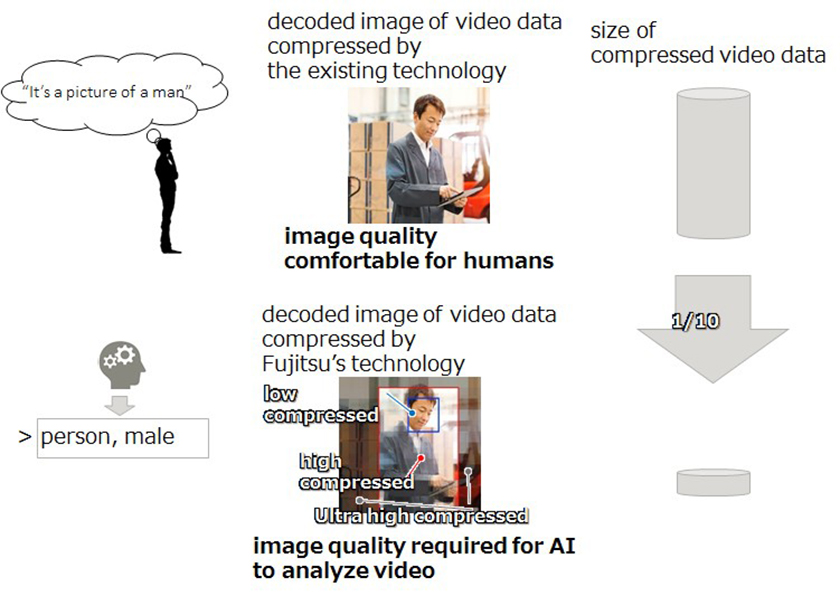
High-compression of video data to the minimum required quality level allowing AI image analysis
The new technology does not excessively compress the areas on which AI focuses (important characteristics required for recognition). If these areas are compressed too much, the recognition accuracy of AI would be compromised.
Instead, this compression technology automatically analyses the area of an object recognised by AI in one frame of video data. Then, it automatically estimates and applies the compression ratio so that areas required for AI image recognition are less compressed, while unnecessary areas are more highly compressed.
The technology also feeds back the AI results of its recognition accuracy based on the image that is decoded after being compressed and sent. In doing so, the technology achieves high image compression, realising the smallest possible data size while maintaining AI recognition accuracy.
Sending highly compressed video data to the cloud
Fujitsu and Fujitsu Laboratories conducted a demonstration of the newly developed technology. It used video footage taken by a 4K ultra-high-definition camera of multiple workers doing packing work in a factory. It was confirmed that the data size could be reduced to one-tenth of the data size achievable with conventional compression technology without any AI recognition accuracy deterioration.
Using this technology makes it possible to analyse multiple video data items collected at different times and locations, and stored on the cloud. At the same time, it achieves a significant reduction in data transmission costs.
It is anticipated that the technology can be applied to data other than cloud video data, such as data from sensors and other IoT devices. Combining such data will allow more advanced data analysis.
Using AI analysis to improve security and safety and solve social issues
Image analysis using AI is attracting attention as one of the future driving forces of digital transformation (DX) in various sectors.
Today, it is expected that high-definition video data from the many cameras on the street and inside buildings will increase exponentially. Extracting valuable information from such video data and using it to make predictions and decisions will potentially help solve social issues.
For example, marketers could combine video data of shoppers’ lines of traffic in stores and point of sale (POS) data to reveal purchasing trends based on user attributes. Marketers could use this information to target campaigns more precisely and effectively.
Using this technology in business areas suffering skills or labor shortages can help overcome these barriers. This is ideal in areas such as production quality inspection in factories and introduction to automated stores, and will likely lead to work-style reforms.
It’s also possible to make society safer and more secure by using the technology for security and monitoring measures, or for car self-driving technology, for example.
Fujitsu and Fujitsu Laboratories are evaluating this technology in various likely use cases. Some of these cases include photographing conditions, movement, and size of objects that users will analyse. Fujitsu and Fujitsu Laboratories are carrying out additional R&D to further refine the compression performance and put this technology to practical use within FY2020.

